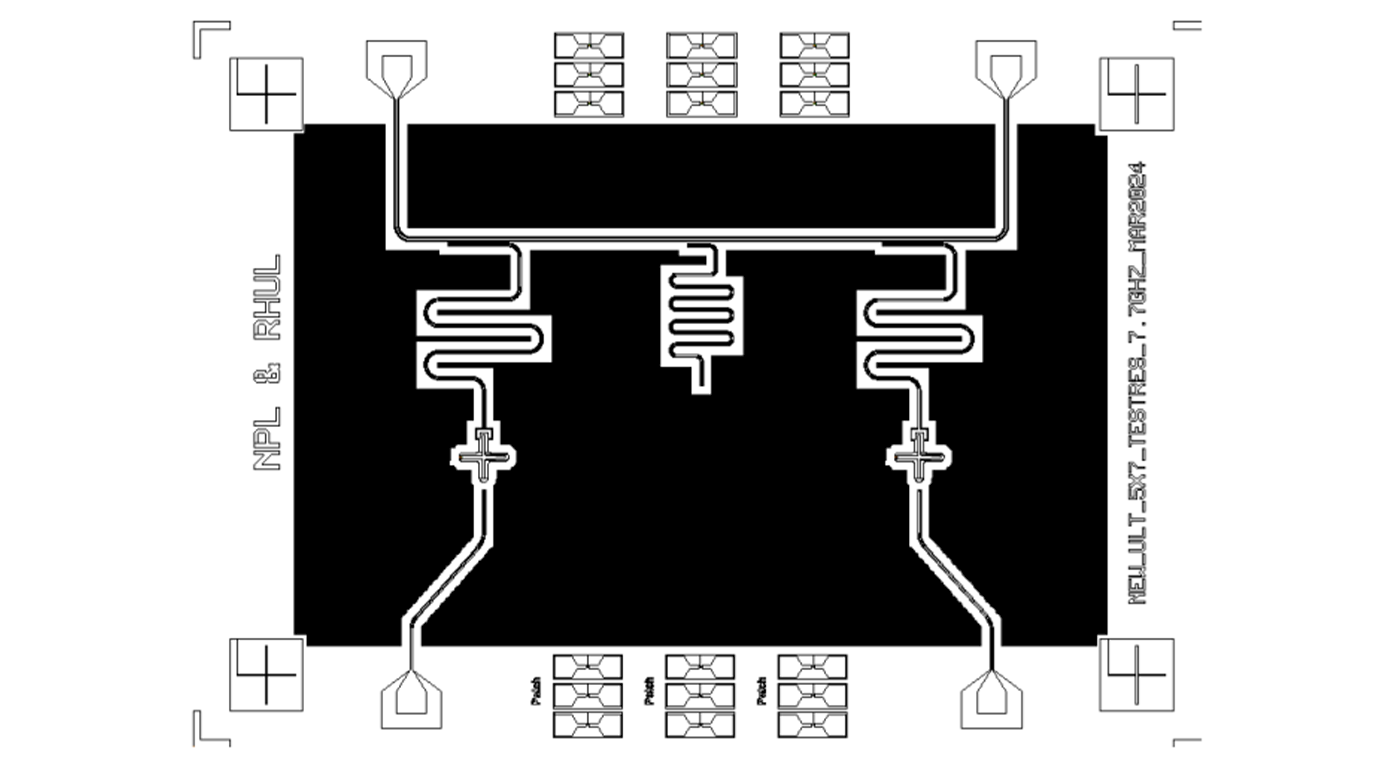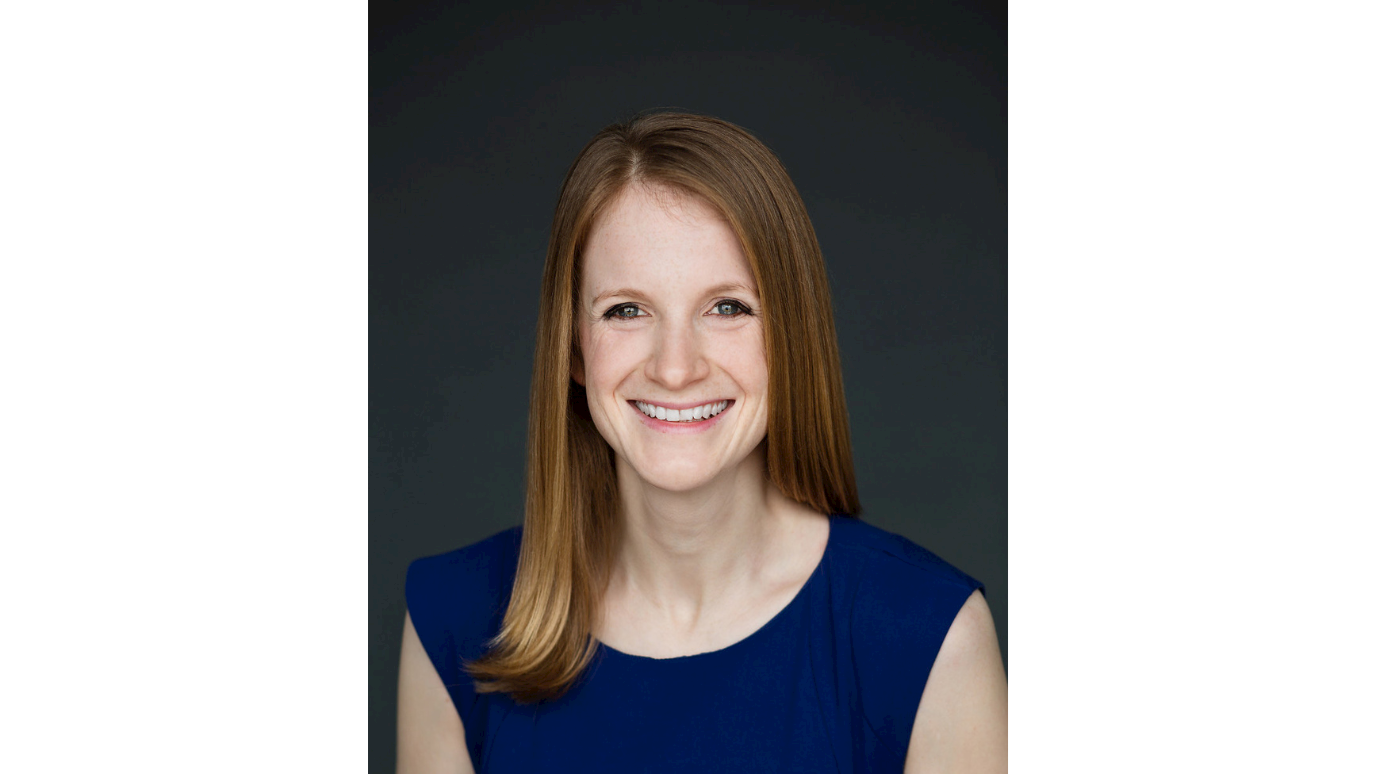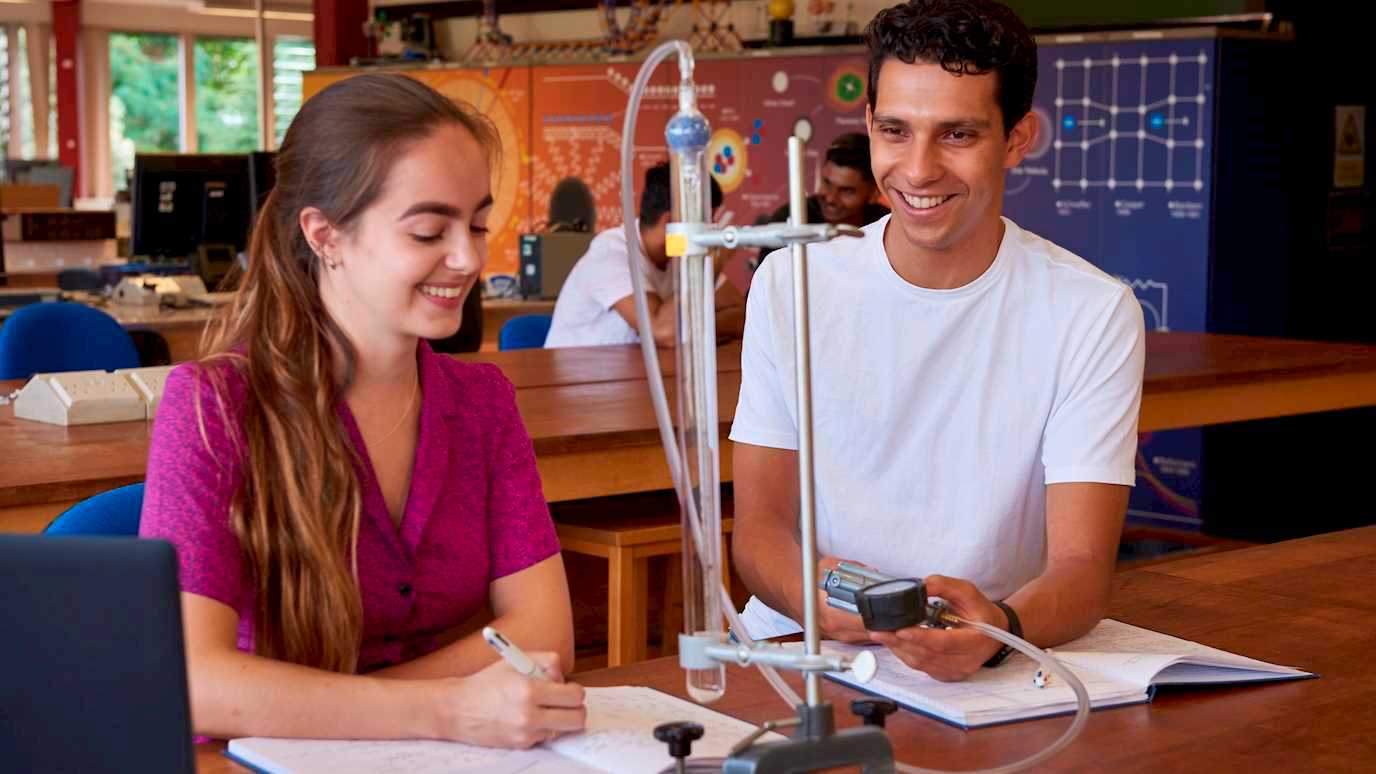Superconducting nanotechnology is a rapidly developing field with a series of promising applications. Recently, a joint team of researchers from the Royal Holloway University of London (RHUL) in collaboration with the National Physical Laboratory, the Leibniz Institute of Photonic Technology in Jena, and Aalto University in Espoo, has demonstrated photon assisted coherent tunnelling of magnetic fluxes through a superconducting nanowire.

The researchers at Royal Holloway who carried out the experiment.
The effect is seen as quantized current steps on the current-voltage characteristic subject to high frequency microwave radiation. It is dual to the well-known voltage Shapiro steps in Josephson junctions.
The coherent tunneling of magnetic fluxes and the formation of current steps have been theoretically predicted more than thirty years ago. A superconducting nanowire made of thin films of high-quality niobium nitride allowed researchers to observe sharp and clearly visible quantization of electric current, In = 2efn where 2e is the electric charge of a Cooper pair, f is the frequency of microwave radiation, and n is an integer number, denoting the step order. The phenomenon resembles that of the well-known voltage Shapiro steps in Josephson junctions, which are currently used in voltage standards. Similarly, the main potential application of the observed effect is the development of the current standard: each current step corresponds to integer number of Cooper pairs transferred through the nanowire per one period of microwave radiation.
The article about this exciting breakthrough has been published in Nature. The achievement is based on state-of-the-art sample fabrication at RHUL SuperFab and a series of low temperature experiments carried out by the RHUL Nanophysics&Nanotechnology group in collaboration with the NPL Quantum Metrology Institute. High-quality niobium nitride films for devices were grown in Jena. The theoretical analysis has been done at Aalto University.
























